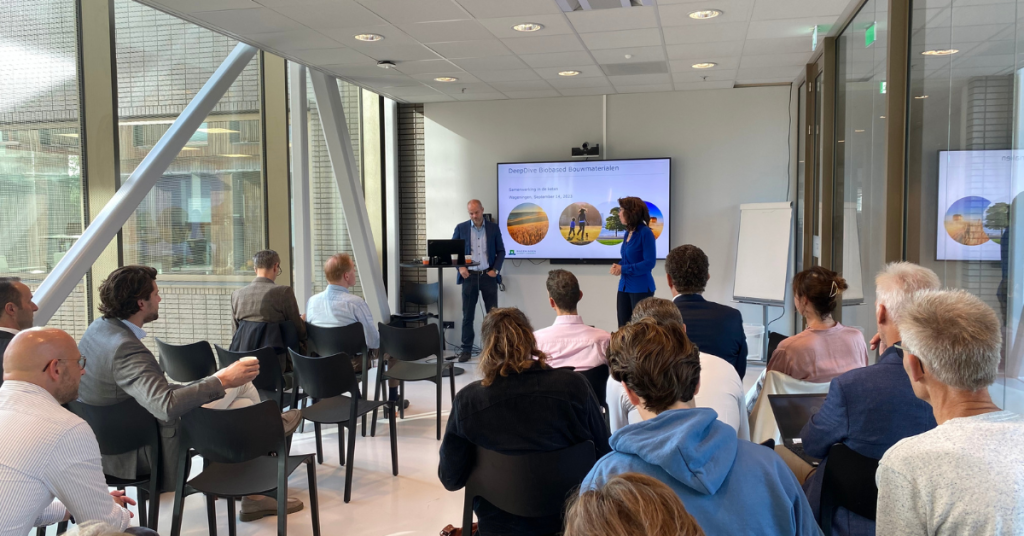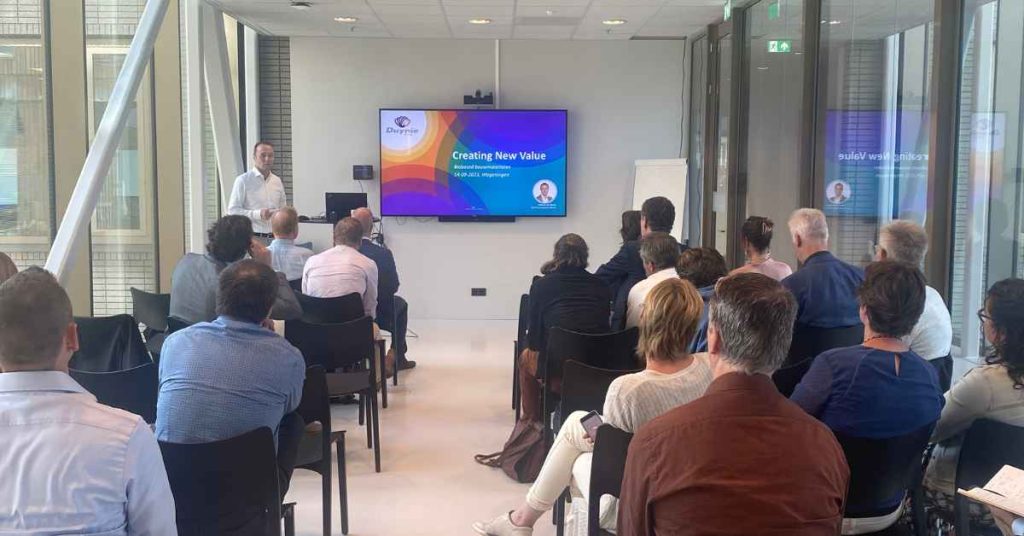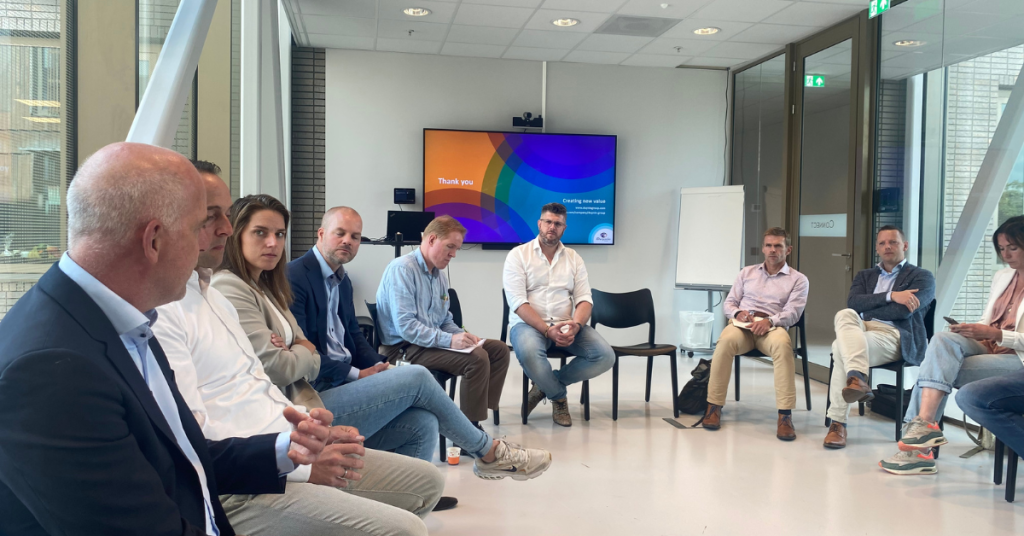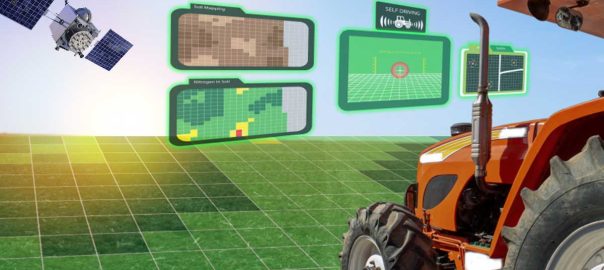On 14 September, StartLife organized together with Rabobank and Wageningen University & Research (WUR) a DeepDive session on bio-based building materials in the chain. Read the report of the conclusions of the session in this post.
There is currently a lot of movement in the field of fiber cultivation, such as flax, hemp and miscanthus. The Building Balance program, financially supported from various ministries, aims to realize 50,000 hectares of fiber cultivation by 2030. The resulting fibers can be used as insulation or sheet material.
A central question in this is how to organize the value chain and what is the role of the farmer in it? This was discussed in detail during the DeepDive.
Overall impression
Overall, we can conclude that the DeepDive provided valuable insights into the opportunities and possibilities that biobased building offers and the dynamics involved in setting up new chains.
Especially for short chains, the technology is not necessarily the biggest challenge to set up a successful chain collaboration. Creating product outlets (e.g. through certification), creating perspective and removing risks in the chain are possibly even more important here. Building Balance plays an important role in these kinds of chain aspects.
Insights from WUR
WUR provided insight into the reference values and different price levels of biomass and other (fiber) products. This offers many opportunities and possibilities. The challenge for players in both the agricultural and construction sectors is now to build value chains between the two sectors . A long-term cooperation, serving the interests of both sectors and with mutual trust.
Securing a good position of the farmer in the chain, including a fair earning model, is crucial in this. Setting up a chain cooperative can help here, where the emphasis should be on the common goals.

The persepectives of different parties
Greeninclusive is a party that has already gained experience in the hemp value chain. Their main take away is to ensure a transparent chain approach. By this they mean: maximize the earnings of the farmers (compensation for CO2 absorption of crop) and secure it in contracts.
Duynie Group (part of Cosun), on the other hand, is a very interesting party that can play a role in further scaling up biobased building. They are a major player and have a great deal of experience in creating new value from plant byproducts. Cooperation in the value chain is the key to success.
Finally, we had half an hour to exchange views on a number of practical cases, namely those of ECOR (sheet material) and Building Balance (blow-in insulation). ECOR already produces sheet material from miscanthus on a large scale and applies it in interior walls at Schiphol Airport, among other places. The plant is not yet operating at full capacity, but the process is designed to apply various residual flows and in the future the board can be made suitable for new applications.
For blow-in insulation (Building Balance), this can be harvested and chopped into blow-in insulation using existing fodder machines. The main barrier here is certification, for which Building Balance is now carrying various tests out.

Looking into chain dynamics
The length of the chain (number of processing steps to building product), the complexity of each processing step and the value of the final product play an important role in chain dynamics:
- Shorter value chains with a direct link from land to premises (e.g. via blow-in insulation) give farmers an opportunity to play a more important role in the value chain and get a better price for their fibers. It is also more feasible here to take the lead in setting up the chain, as Greeninclusive is doing now (both in growing, processing and marketing biobased insulation) and Building Balance is taking the lead in blow-in insulation (main challenge: providing and organizing certification material).
- Longer or more complex value chains with more processing steps and intermediate or sub-products take more time and effort to set up, because each step requires new investments, market development and chain alignment. Potentially, these more complex routes do have the potential to extract more value from the biomass, for example by unlocking high-value fibers (as e.g. for flax towards textiles) or biorefinery into high-value fractions (cellulose/hemicellulose/lignin).
Whereas sheet material or insulation have a price range of €250 to €500/ton, biorefinery can have a yield of €700-€800/ton or more when the lignin/cellulose can be marketed in high-value applications (e.g., asphalt, textiles, composites).
Another dimension in the chain dynamics is the economically viable scale of each processing step. Processing steps that require greater processing capacity to be economically viable (e.g., sheet metal or biorefinery) benefit from stable feedstock availability and this is where farmer cooperatives can play a role, as they have in the past in setting up food crop processing infrastructure.
In addition, raw material flexibility of the process and being able to use residual streams that are often already available in large volumes (e.g. woody residual streams and AgriFood residual streams) can reduce risks in raw material availability. For example, ECOR’s process is set up to accommodate multiple residual streams (e.g. miscanthus, grass).
However, residual streams from agrifood often compete with food and feed applications for application in construction, so the new application in construction must create enough value to pay the price required to extract these raw materials from the market.
At the same time, these residual streams can offer large volumes immediately, whereas fiber cultivation needs several years of scale-up before it can provide these volumes.

Conclusion
A clear perspective and momentum have emerged for the application of fiber from fiber crops and waste streams in construction.
The current focus from IDOBB (Interdepartementaal Opschalingsoverleg Biobased Bouwen) is on fiber crops toward insulation and panel materials, which seem to offer the best prospects in the short term. However, the broader picture of widely available residue streams and the development of high-value applications for cellulose and lignin should not be forgotten and can strengthen the short-term perspective.
Cooperation with other sectors for specific fiber qualities or content materials such as textiles and infrastructure can accelerate the feasibility of new value chains. The advice is therefore to increase the ‘community’ around fiber-based value chains and to focus on innovation in addition to market development . StartLife, Wageningen University & Research, and Rabobank can play an initiating role in this.
For more information, please contact:
Wageningen University & Research – Arjen van Kampen email: arjen.vankampen@wur.nl
Rabobank: Mathieu Goedhart email: Mathieu.Goedhart@rabobank.nl


